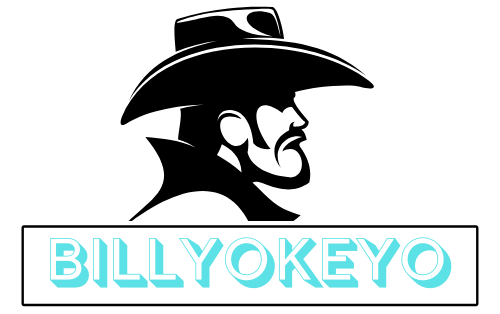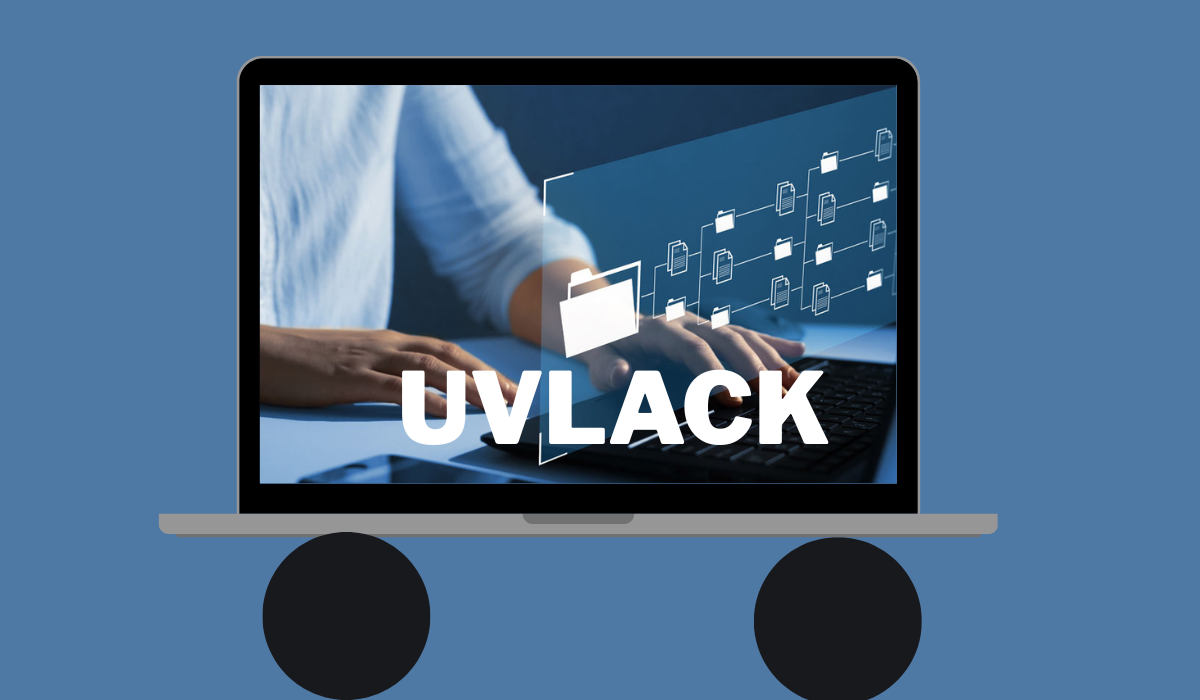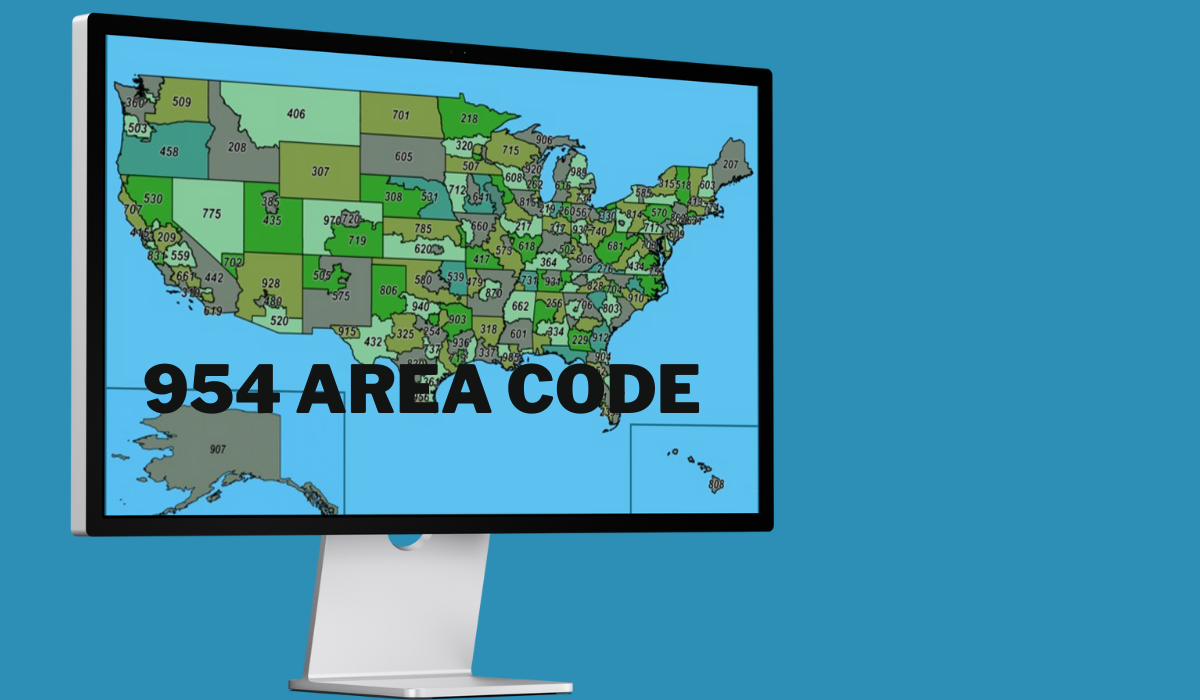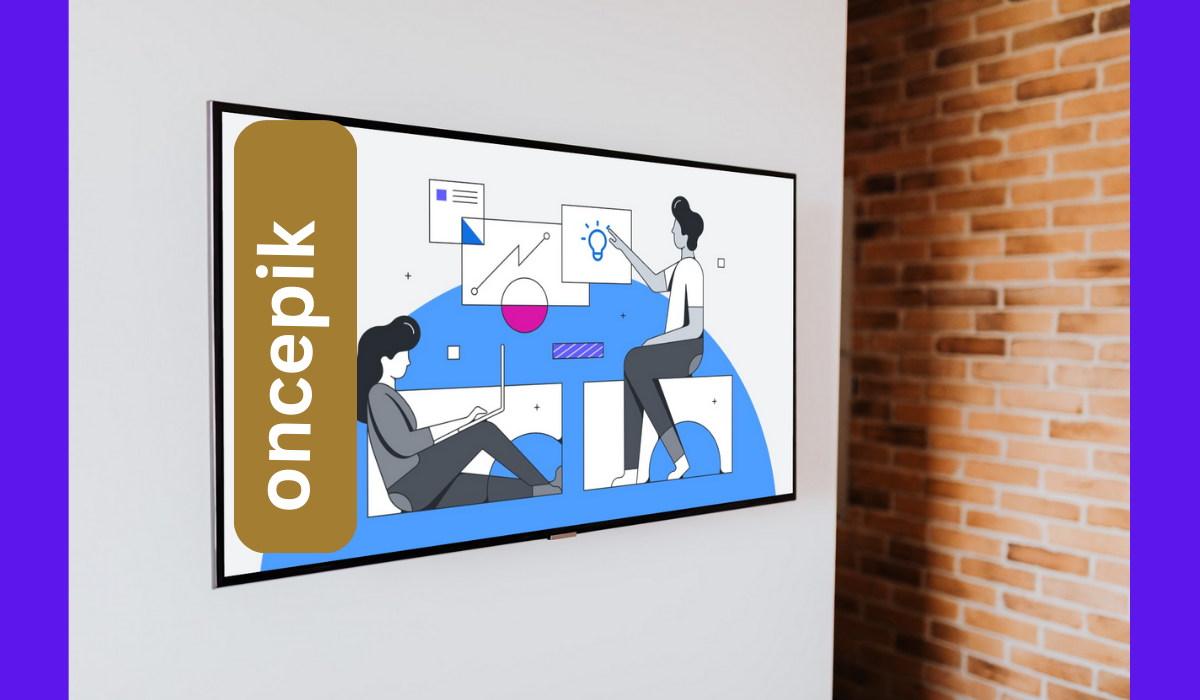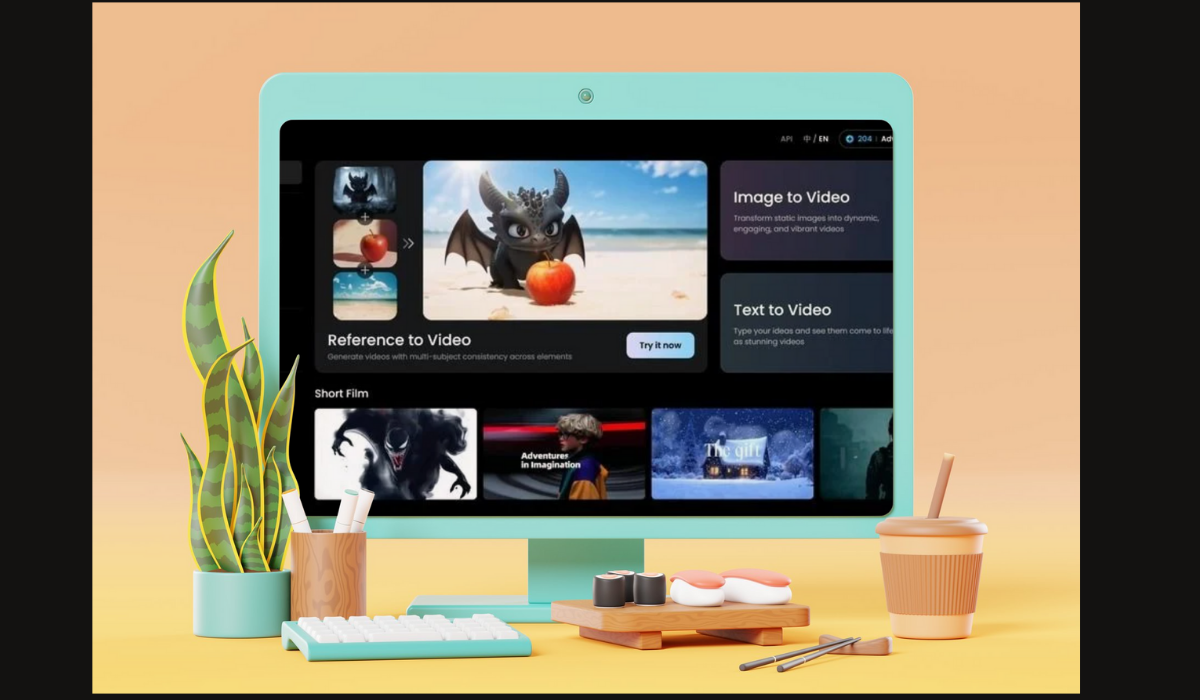Education stands at a digital crossroads. While traditional teaching methods have served generations, the rapid evolution of technology demands a new approach to learning and instruction. Instructional technology services have emerged as the bridge between conventional education and the digital future, offering comprehensive solutions that enhance both teaching effectiveness and student engagement.
These specialized services encompass everything from curriculum design and educational software development to learning management system implementation and teacher training. They represent a strategic approach to integrating technology into educational environments, ensuring that digital tools serve pedagogical goals rather than simply existing as novelties.
For educational institutions, corporate training departments, and individual educators, understanding the scope and potential of instructional technology services has become essential. The question is no longer whether to adopt these services, but how to implement them effectively to create meaningful learning experiences.
This comprehensive guide explores the multifaceted world of instructional technology services, examining their core components, benefits, challenges, and future directions. Whether you’re an administrator considering a digital transformation or an educator seeking to enhance your teaching practice, this analysis will provide the insights needed to make informed decisions about instructional technology integration.
Understanding Instructional Design Fundamentals
Instructional design forms the theoretical foundation upon which all effective instructional technology services are built. This systematic approach to creating educational experiences combines learning theory, cognitive psychology, and technology expertise to develop curricula that achieve specific learning outcomes.
The instructional design process typically follows established models such as ADDIE (Analysis, Design, Development, Implementation, Evaluation) or SAM (Successive Approximation Model). These frameworks ensure that technological solutions align with educational objectives rather than driving them. Professional instructional designers analyze learner needs, define clear objectives, and create structured pathways that guide students toward mastery.
Modern instructional design emphasizes learner-centered approaches that accommodate different learning styles, preferences, and abilities. This includes creating multimodal content that appeals to visual, auditory, and kinesthetic learners, as well as developing adaptive learning paths that adjust to individual progress and comprehension levels.
The discipline also incorporates principles of cognitive load theory, which helps designers create interfaces and content structures that optimize mental processing. By understanding how students acquire, process, and retain information, instructional designers can create more effective digital learning environments that reduce unnecessary cognitive burden while maximizing learning potential.
Essential Services of Instructional Technology
Instructional technology services encompass a broad spectrum of specialized offerings designed to address different aspects of educational technology integration. These services can be categorized into several key areas, each serving specific institutional needs and learning objectives.
Curriculum Development and Design
Professional curriculum development services focus on creating comprehensive educational programs that leverage technology to enhance learning outcomes. This includes developing online courses, hybrid learning modules, and interactive educational content that aligns with institutional standards and accreditation requirements.
These services often involve collaboration between subject matter experts, instructional designers, and technology specialists to create cohesive learning experiences. The development process includes content creation, assessment design, and the integration of multimedia elements that support various learning preferences.
Learning Management System Implementation
LMS implementation represents one of the most critical instructional technology services, as these platforms serve as the central hub for digital learning activities. Professional implementation services ensure that institutions select appropriate systems, configure them correctly, and integrate them with existing technology infrastructure.
This process involves extensive planning, user training, data migration, and ongoing support to ensure successful adoption. Implementation specialists work closely with institutional stakeholders to customize features, establish workflows, and create governance structures that support long-term success.
Educational Content Creation
Content creation services focus on developing engaging, interactive educational materials that take advantage of digital platforms’ unique capabilities. This includes creating video lectures, interactive simulations, virtual reality experiences, and gamified learning modules that increase student engagement and retention.
Professional content creators understand how to balance educational objectives with user experience design, ensuring that materials are both pedagogically sound and technologically sophisticated. They also ensure that content meets accessibility standards and can be delivered across multiple devices and platforms.
Training and Professional Development
Comprehensive training services help educators and administrators develop the skills necessary to effectively use instructional technology tools. These programs range from basic digital literacy training to advanced pedagogical technique development, ensuring that all stakeholders can contribute to successful technology integration.
Training programs are typically customized to meet specific institutional needs and can be delivered through various formats, including workshops, online courses, and ongoing mentorship programs. The goal is to build internal capacity for instructional technology use and innovation.
Tools and Technologies Used
The landscape of instructional technology tools continues to expand rapidly, offering educators unprecedented opportunities to create engaging and effective learning experiences. Understanding the categories and capabilities of these tools is essential for making informed decisions about technology integration.
Learning Management Systems
Modern LMS platforms serve as comprehensive educational ecosystems that support course delivery, student assessment, communication, and progress tracking. Popular systems like Canvas, Blackboard, and Moodle offer extensive customization options and integration capabilities that allow institutions to create tailored learning environments.
Advanced LMS features include analytics dashboards that provide insights into student engagement and performance, mobile accessibility for anywhere learning, and API integrations that connect with third-party educational tools. These platforms also support various content formats and delivery methods, from traditional text-based materials to interactive multimedia presentations.
Content Creation and Authoring Tools
Sophisticated authoring tools enable educators and instructional designers to create professional-quality educational content without extensive technical expertise. Platforms like Articulate Storyline, Adobe Captivate, and H5P provide templates, interactions, and multimedia integration capabilities that streamline the content development process.
These tools support responsive design principles, ensuring that content displays correctly across different devices and screen sizes. They also include assessment creation features, branching scenarios, and analytics integration that enhance the learning experience and provide valuable feedback on student progress.
Virtual and Augmented Reality Platforms
Immersive technologies are increasingly being integrated into educational settings to provide experiential learning opportunities that would be impossible or impractical in traditional environments. VR platforms allow students to explore historical sites, conduct virtual laboratory experiments, and practice skills in safe, controlled environments.
AR applications overlay digital information onto real-world environments, creating hybrid learning experiences that enhance understanding of complex concepts. These technologies are particularly valuable in fields like medicine, engineering, and archaeology, where hands-on experience is crucial but may be difficult to provide safely or cost-effectively.
Assessment and Analytics Tools
Advanced assessment platforms provide sophisticated capabilities for creating, delivering, and analyzing student evaluations. These tools support various question types, adaptive testing algorithms, and automated grading systems that reduce administrative burden while providing detailed performance feedback.
Analytics tools integrate with various educational platforms to provide comprehensive insights into student behavior, engagement patterns, and learning outcomes. This data enables educators to make evidence-based decisions about instructional strategies and identify students who may need additional support.
Benefits of Integrating Instructional Technology Services
The strategic implementation of instructional technology services yields numerous benefits that extend beyond simple digitization of existing educational practices. These advantages impact multiple stakeholders and create lasting improvements in educational quality and accessibility.
Enhanced Learning Outcomes
Research consistently demonstrates that well-implemented instructional technology can significantly improve student learning outcomes. Interactive content, personalized learning paths, and immediate feedback mechanisms help students engage more deeply with material and achieve better retention rates.
Technology-enhanced learning also supports different learning styles and preferences, allowing visual learners to benefit from multimedia presentations while kinesthetic learners engage with interactive simulations. This inclusive approach ensures that more students can access and succeed with educational content.
Increased Accessibility and Flexibility
Digital learning platforms remove geographical and temporal barriers that traditionally limit educational access. Students can engage with course materials from any location and at times that fit their schedules, making education more accessible to working professionals, parents, and others with time constraints.
Instructional technology also supports learners with disabilities through features like screen readers, closed captioning, and alternative input methods. These accessibility features ensure that educational opportunities are available to all students regardless of physical or cognitive limitations.
Improved Efficiency and Scalability
Automated systems for content delivery, assessment, and feedback significantly reduce the administrative burden on educators while enabling them to serve larger numbers of students effectively. This scalability is particularly valuable for institutions facing enrollment growth or budget constraints.
Technology also enables efficient content updates and distribution, ensuring that all students receive current information simultaneously. This eliminates the delays and inconsistencies that can occur with traditional paper-based materials and manual distribution methods.
Data-Driven Decision Making
Comprehensive analytics provided by instructional technology platforms enable educators and administrators to make evidence-based decisions about curriculum design, teaching strategies, and resource allocation. This data reveals patterns in student behavior and performance that might not be apparent through traditional observation methods.
Predictive analytics can identify at-risk students early in the academic process, allowing for timely interventions that improve success rates. This proactive approach to student support represents a significant advantage over reactive systems that only address problems after they become severe.
Challenges and Solutions in Implementing Instructional Technology
While instructional technology services offer significant benefits, successful implementation requires careful attention to common challenges and proven strategies for overcoming them. Understanding these obstacles and their solutions is crucial for achieving positive outcomes.
Technology Infrastructure Requirements
Many educational institutions struggle with inadequate technology infrastructure that cannot support advanced instructional technology applications. Slow internet connections, outdated hardware, and insufficient technical support can undermine even the best-designed educational programs.
Solutions involve conducting thorough infrastructure assessments before implementing new technologies, developing phased upgrade plans that align with budget cycles, and establishing partnerships with technology vendors that provide ongoing support and maintenance services.
Faculty Resistance and Training Needs
Resistance to technological change is common among educators who are comfortable with traditional teaching methods or who lack confidence in their technical abilities. This resistance can significantly impede successful technology integration efforts.
Effective solutions include providing comprehensive training programs that focus on pedagogical benefits rather than technical features, offering ongoing support and mentorship, and creating incentive structures that reward technology adoption and innovation.
Student Digital Literacy Gaps
Not all students enter educational programs with the digital literacy skills necessary to succeed in technology-enhanced learning environments. These gaps can create equity issues and hinder learning outcomes for affected students.
Addressing this challenge requires developing digital literacy assessment tools, creating supplementary training programs for students who need additional support, and designing user interfaces that are intuitive and accessible to users with varying technical backgrounds.
Cost and Budget Constraints
The initial investment required for instructional technology implementation can be substantial, particularly for institutions with limited budgets. Ongoing costs for software licenses, hardware maintenance, and technical support must also be considered.
Strategic solutions include exploring open-source alternatives to expensive proprietary software, developing partnerships with technology vendors for favorable pricing, and implementing technology in phases to spread costs over multiple budget cycles.
Case Studies in Successful Implementation
Examining real-world examples of successful instructional technology implementation provides valuable insights into best practices and potential outcomes. These case studies demonstrate how different types of institutions have overcome challenges and achieved positive results.
Higher Education Transformation
A large state university implemented a comprehensive instructional technology services program that included LMS migration, faculty training, and curriculum redesign. The initiative began with a pilot program in three departments before expanding university-wide over two academic years.
Key success factors included strong administrative support, extensive faculty consultation during the planning phase, and the establishment of a dedicated instructional technology support team. Results included improved student satisfaction scores, increased course completion rates, and reduced administrative costs.
Corporate Training Innovation
A multinational corporation partnered with instructional technology service providers to redesign their employee training programs. The new system included mobile-friendly modules, gamification elements, and personalized learning paths based on job roles and career goals.
The implementation resulted in significant improvements in training completion rates, employee engagement scores, and knowledge retention assessments. The company also achieved cost savings through reduced travel expenses and more efficient training delivery methods.
K-12 District Modernization
A suburban school district implemented instructional technology services across all grade levels, focusing on personalized learning and data-driven instruction. The initiative included hardware procurement, software implementation, and extensive teacher professional development.
Results demonstrated improved standardized test scores, increased student engagement in STEM subjects, and enhanced teacher satisfaction with available instructional tools. The district also reported improved communication between teachers, students, and parents through integrated technology platforms.
Future Trends and Emerging Technologies
The field of instructional technology continues to evolve rapidly, with emerging technologies and changing educational needs driving innovation in service delivery and capability development. Understanding these trends is essential for making strategic decisions about future technology investments.
Artificial Intelligence and Machine Learning
AI-powered educational tools are becoming increasingly sophisticated, offering capabilities like intelligent tutoring systems, automated content generation, and predictive analytics for student success. These technologies promise to make personalized education more scalable and effective.
Machine learning algorithms can analyze vast amounts of student data to identify optimal learning paths, predict performance outcomes, and recommend interventions. As these technologies mature, they will likely become standard components of comprehensive instructional technology services.
Blockchain and Credentialing
Blockchain technology offers potential solutions for secure, verifiable digital credentialing that could revolutionize how educational achievements are documented and shared. This technology could enable more flexible, competency-based education models that focus on demonstrated skills rather than traditional degree requirements.
Extended Reality (XR) Integration
The convergence of virtual reality, augmented reality, and mixed reality technologies is creating new possibilities for immersive educational experiences. As hardware costs decrease and content creation tools become more accessible, XR integration will likely become more common in instructional technology services.
Microlearning and Just-in-Time Training
The trend toward shorter, more focused learning modules that can be accessed on-demand aligns with changing learner preferences and workplace needs. Instructional technology services are adapting to support these microlearning approaches with mobile-optimized platforms and bite-sized content formats.
Maximizing Educational Impact Through Strategic Technology Integration
The landscape of instructional technology services represents both tremendous opportunity and significant responsibility for educational institutions and training organizations. Success requires more than simply adopting the latest technological tools; it demands a strategic approach that aligns technology capabilities with educational objectives and learner needs.
The most effective implementations combine comprehensive planning, stakeholder engagement, and ongoing evaluation to create sustainable improvements in educational quality and accessibility. Organizations that invest in professional instructional technology services position themselves to navigate the complexities of digital transformation while maximizing the benefits for learners and educators alike.
As technology continues to evolve, the importance of expert guidance and support will only increase. Instructional technology services provide the expertise, experience, and strategic perspective necessary to make informed decisions about educational technology investments and implementations.
The future of education will be shaped by how well institutions integrate these services into their operations and culture. Those that embrace comprehensive instructional technology services today will be best positioned to serve learners effectively in an increasingly digital world.
